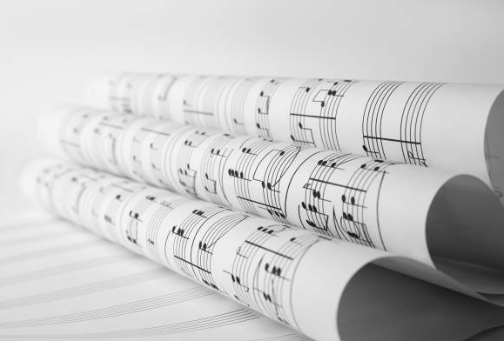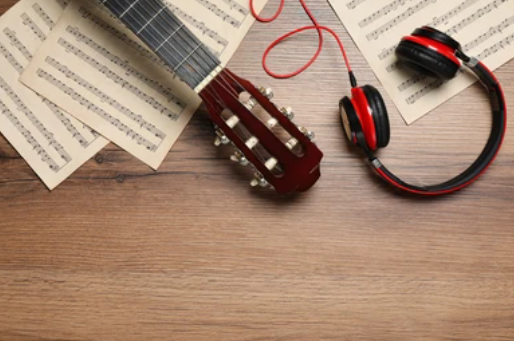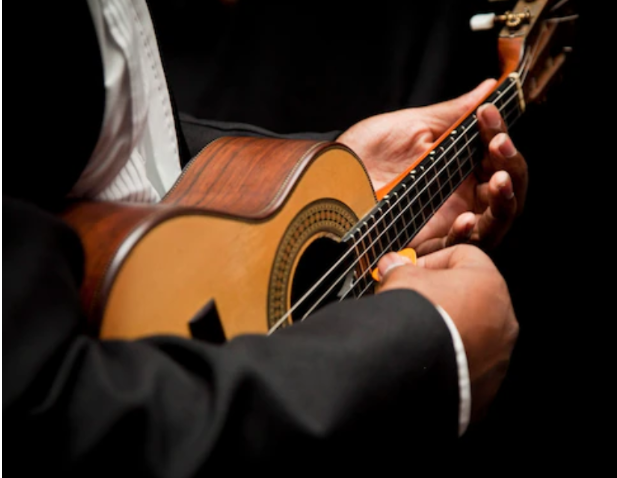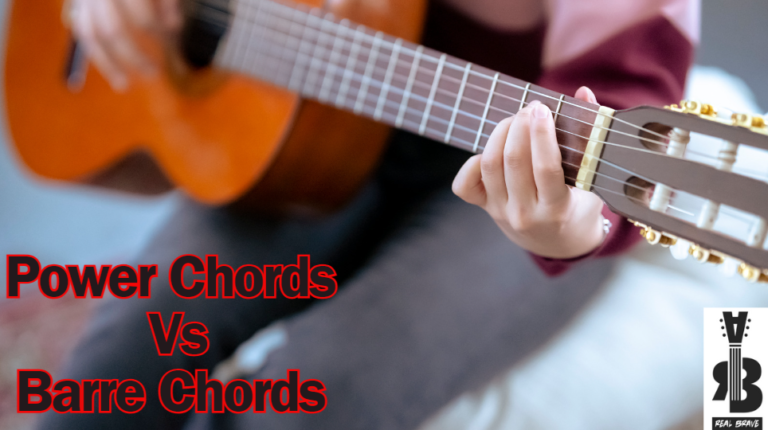Triads Explained: The Foundation of Every Chord You Play – Easy Guide

Whether you’re just starting out on guitar, piano, or any other instrument, understanding triads will unlock the mystery behind most of the chords you’ll encounter. These are the foundational building blocks of harmony in Western music. Once you master these, you’ll see chord progressions in a whole new light.
Let’s break them down—one step at a time.
What Is a Triad?
A triad is a type of chord made up of three notes. These notes come from a scale and are arranged in a way that gives the chord its specific character or quality. Every triad is built from three components:
- Root – The starting note or name of the chord.
- Third – An interval above the root that defines the chord’s major or minor quality.
- Fifth – Another interval above the root that gives the chord stability (or in some cases, tension).
Let’s look at each type of triad and how they’re formed.
Major Triads
Formula: Root + Major Third + Perfect Fifth
The major triad has a bright and happy sound. It’s the most commonly used chord in music.
Example: C Major
- Root: C
- Major third: E
- Perfect fifth: G
How to find it: Start on the root, count up 4 half steps to get the major third, and 7 half steps total from the root for the perfect fifth.
Common uses: Pop songs, classical music, rock—you name it. Major triads are everywhere.
Minor Triads
Formula: Root + Minor Third + Perfect Fifth
Minor triads have a sadder or more serious sound. They use the same fifth as major chords, but the third is one semitone lower.
Example: A Minor
- Root: A
- Minor third: C
- Perfect fifth: E
How to find it: From the root, go up 3 half steps to the minor third, and 7 half steps total to the perfect fifth.
Common uses: Expressing melancholy, mystery, or emotional depth in a song.
Diminished Triads
Formula: Root + Minor Third + Diminished Fifth
Diminished triads are tense and unstable. They often sound dissonant and are great for building suspense.
Example: B Diminished
- Root: B
- Minor third: D
- Diminished fifth: F
How to find it: Start at the root, go up 3 half steps to the minor third, and 6 half steps total to get the diminished fifth.
Common uses: Transitional chords that create tension before resolving to a more stable chord.
Augmented Triads
Formula: Root + Major Third + Augmented Fifth
Augmented triads sound unusual, dreamlike, or even eerie. They’re less common but very effective when used purposefully.
Example: C Augmented
- Root: C
- Major third: E
- Augmented fifth: G♯
How to find it: Start at the root, go up 4 half steps to the major third, and 8 half steps total to get the augmented fifth.
Common uses: Jazz, film scores, and anywhere you want to evoke a surreal or floating feeling.
Why Triads Matter in Music
Triads are the foundation of chords. Even complex chords—like 7ths, 9ths, or altered chords—begin with a triad. Understanding how these three-note structures work makes it easier to:
- Learn new songs
- Build your own chords
- Understand chord progressions
- Improvise and compose with confidence
For example, a C7 chord is just a C major triad (C–E–G) with an added note (B♭).
Visualizing Triads on Guitar and Piano
Guitarists:
Triads appear all over the fretboard—often in movable shapes across the strings. Learning to play major, minor, diminished, and augmented triads on string groups like 1-2-3 or 2-3-4 helps develop fretboard knowledge and rhythm chops.
Pianists:
Triads are easy to see—just look for three-note shapes on adjacent white or black keys. Playing inversions (changing the note order) helps you move smoothly between chords.
Tips for Mastering Triads
- Practice one type at a time across different keys.
- Use your ear: Play major vs. minor triads and listen to the difference.
- Experiment: Create simple progressions like C–G–Am–F using major and minor triads.
- Visualize: Learn the patterns across your instrument to internalize their structure.
Wrapping Up
Understanding triads is like learning the grammar of music. They may seem simple, but they’re packed with power. Whether you’re learning to jam with others, write your own songs, or decode the theory behind your favorite tracks, triads will always be part of your toolkit.
Start with the basics, and build from there. The more fluent you become in triads, the more control you’ll have over the music you play—and the more it will make sense.
Interested in taking your guitar skills to the next level? Click below and book a free lesson with us! We’re committed to helping you express yourself freely on the guitar without endless scales and theory.
Author: Daniel Powers Jr, the founder of Real Brave™, serves as the chief inspiration to thousands of students in the Real Brave music instruction program. He’s also the visionary behind PracticePad™, an online platform for live one-on-one online music lessons, lesson tracking, and scheduling. Beyond his entrepreneurial pursuits, Daniel leads a non-profit organization that provides formerly homeless children with access to music education, making a profound impact on their lives. His unwavering dedication to music, innovation, and education continues to inspire individuals to reach their fullest potential while creating positive change in communities. Follow Real Brave on all the socials:
youtube.com/@realbraveinc
twitter.com/realbraveinc
https://www.tiktok.com/@realbraveinc
instagram.com/realbraveaudio
facebook.com/realbraveinc





